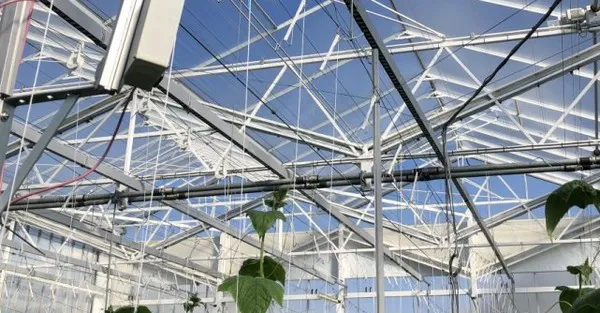There is a great shortage of 'green knowledge', people who know how to get the most out of a crop. Artificial intelligence can help with that.
That is why the Business Unit Greenhouse Horticulture and Flower Bulbs of Wageningen University & Research is working on the development of algorithms that support the grower in making decisions. The first version of a cucumber cultivation algorithm will be ready in 2024.
In 2020, the AGROS (Evolution to sustainable AGRicultural Operation Systems) project started. Over the course of four years, the development of agro-technology to support ecological and biological functions in glasshouse horticulture, arable farming, and dairy farming will be carried out. The Business Unit Greenhouse Horticulture and Flower Bulbs focuses on autonomous cultivation in horticultural crops.

The ultimate goal: a computer that is just as good at growing as a real grower, or even better. To do this, artificial intelligence must know which decisions a grower makes and be able to obtain the right information to make such decisions itself. For example, leaves are an important indicator for the growth of the crop for growers, but how can a camera with image recognition correctly count the number of leaves in a dense crop?
The project consists of three parts. The first part is an inventory of which parameters are needed to make the right cultivation decisions. The second part is about the hardware: which sensors are needed to measure accurately the desired parameters? Can this be done with existing sensors, or does new hardware have to be developed? The third step is to develop the right algorithms.
 For more information:
For more information:
Wageningen University & Research
www.wur.nl
